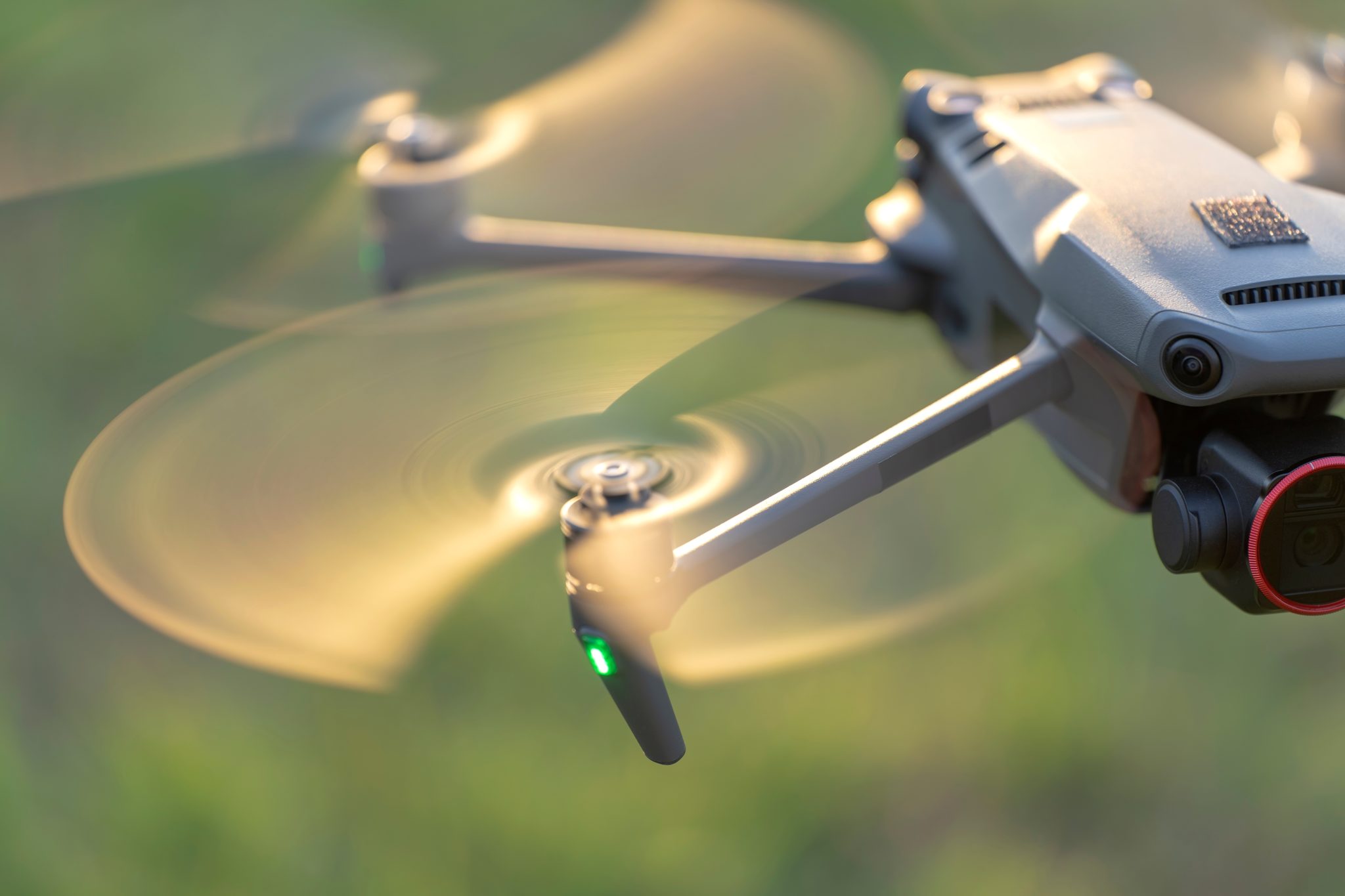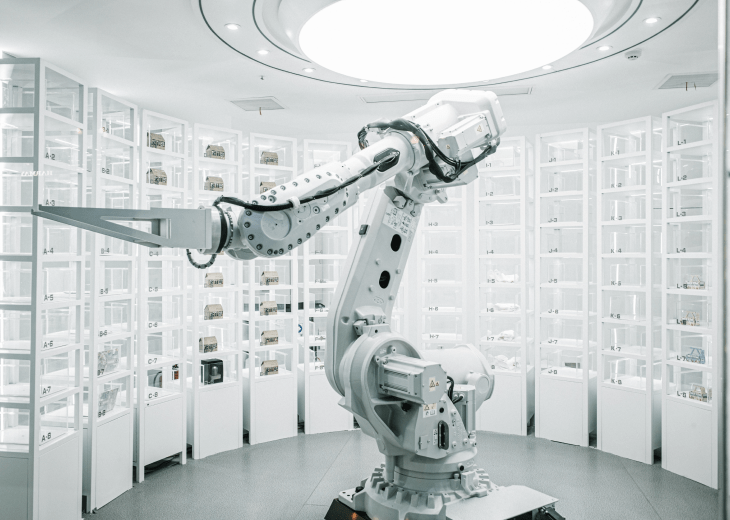HMI: technological State of the Art and UX evaluation method

Understand what are the parameters to be considered and the most effective methodologies to measure and evaluate the usability of the interfaces developed for this type of interaction (i.e., HMI - Human-Machine Interface).
The scouting activity has been set up to outline a complete overview of the technologies available in several industrial sectors identified with the customer: automatic machines, machine tools, healthcare, automotive, robotics and aerospace production.
The research was based on both public sources (popular articles, promotional videos, company websites) and on specialized databases (scientific articles in the sector).
This activity was accompanied by research work on the most used methodologies (advantages and disadvantages) for the evaluation of the “user experience” (i.e., “UX”) with respect to the use of the control/communication interfaces with the machine.
The analysis of the technologies has been optimized according to the requests and needs that the requesting company has placed at the beginning of the project and gradually better defined during moments of sharing and comparison on the partial results of this (ie, mail exchange, phone calls and a milestone meeting mid-project).
The results of the activity allowed customers to expand the company’s know-how regarding existing and future-oriented technologies, to identify the most appropriate evaluation methodologies, to know a wider audience of potential suppliers and to put all this at the service of vertical projects. concerning the HMI existing within the company.
The need for man to interface (communicate) with the “machine” (robot, automatic machine, electronic device supplied, etc.) is increasingly present in everyday life and constantly aimed at seeking “natural”and “intuitive” interactions. HMIs, in fact, not only influence production efficiency, but are at the basis of users’ “trust” towards the adoption and use of a given technology and, more importantly, their psycho-physical health. In this context, social and psychological sciences meet engineering and concepts such as “ergonomics” and “user center design” become just as important as that of “usability”.
The scouting carried out on human-machine interfaces was divided into two parts: the first on the state of the art and the second on the study of UX evaluation methods on HMI.
The result of the state of the art has been a collection of more than 80 examples of different technologies declined in about 200 solutions, grouped by industrial sector.
The main application and thematic verticalizations, requested or identified and analyzed, are the following:
- Virtual and augmented reality
- Touch-screen solutions for mobile devices
- Solutions for remote or touchless control
- Head-up displays
- Wearable devices
- Alarms and feedback solutions
- Solutions with “tactile” feedback (i.e., “haptic”) for touchscreens
- Digitization of physical buttons
- Security & safety
- Ethics and legal regulations
- Research directions
As regards the second part of the scouting instead (analysis of the UX for HMI), the research activity has identified and investigated the following issues:
- Tools and metrics for UX analysis
- Crowdsourcing and UX testing
- Eye tracking
- Tools for testing the “Graphic User Interface” (GUI).
Contact Us
Are you interested in receiving more detailed information about CRIT and its services? Please fill out the form below and you will be contacted shortly.
"*" indicates required fields



